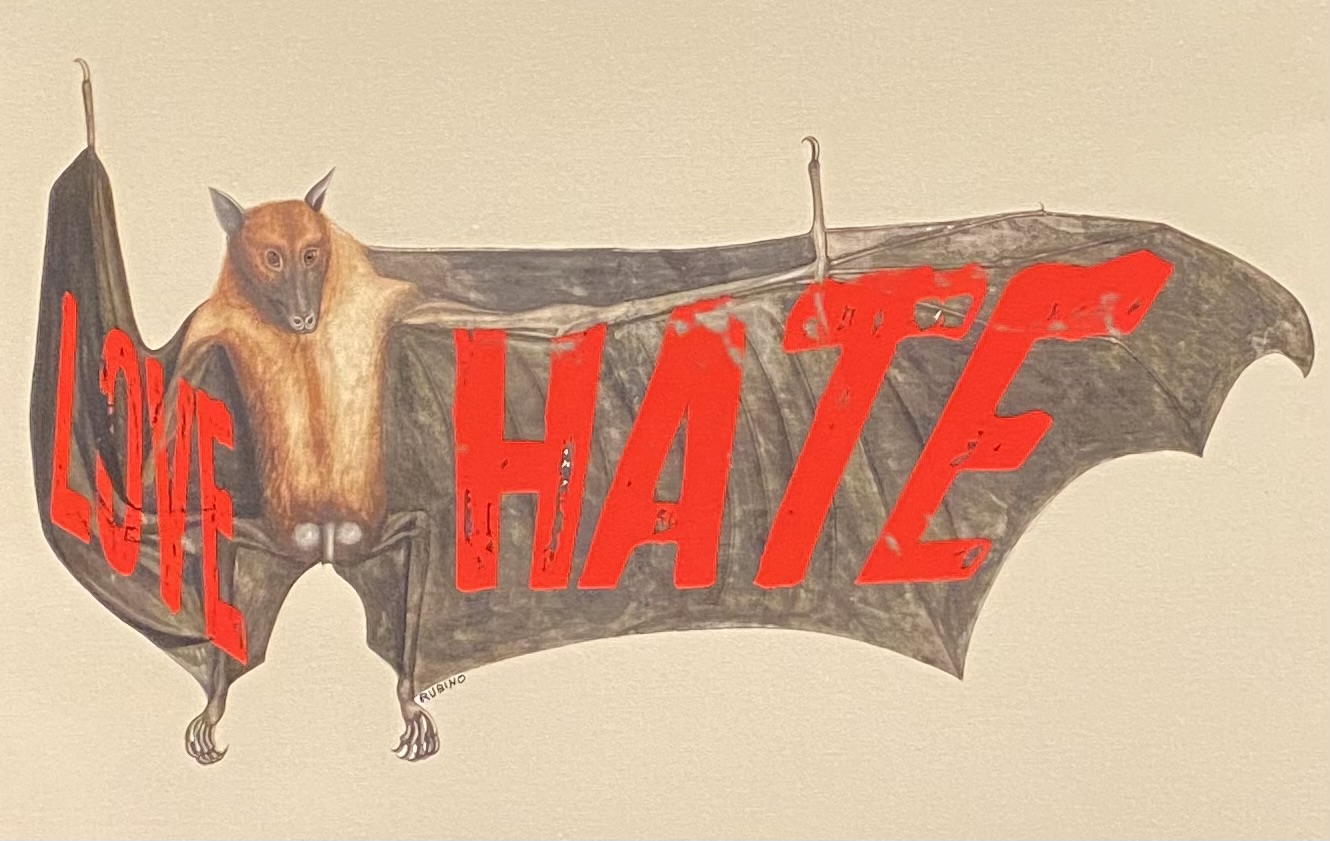Thomas Eakins was an American painter, photographer, and sculptor most known for his portraiture and genre works. Born in Philadelphia in 1844, Eakins has been called the “father of modern realism in American Art.” His work has been exhibited internationally, in institutions such as the Louvre, Met, LACMA, and the Nagoya/Boston Museum of Fine Arts in Japan. Although Eakins’ works have been widely displayed and researched, his Portrait of Ella Crowell, completed in 1882, has never before been exhibited. The Fitchburg Art Museum recently sent this painting to be restored, and intends to one day bring this painting, and its dark story, to light.
The Portrait of Ella Crowell is in fact a double-sided oil painting of Eakins’ oldest niece, Ella Crowell, who studied with him before her death. The front side, or recto, depicts Ella in profile, who looks down towards the bottom left hand corner of the canvas. Eakins has carefully highlighted her face and neck, while her dark hair and burgundy dress blend in with the background. The canvas’s verso showcases Ella seated on a wooden chair, her entire body in profile. Her shadowy representation almost foreshadows the tragic events that unfolded a few years after the completion of her portrait: in 1897, Ella committed suicide, after making accusations of her uncle’s sexual misconduct (see Museums in the Age of #MeToo).
While the painting is an outstanding example of Eakins’ technique and style, it was covered with dust and debris, and in dire need of restoration. The Fitchburg Art Museum sent the Portrait of Ella Crowell to the Worcester Art Museum’s conservation lab to be retouched and shined. There, conservators delicately toned and re-saturated both sides of the canvas, significantly brightening its now-lustrous appearance.
Upon the painting’s initial inspection, conservators found a small tear along its side. Removing a single thread from the canvas’s edge, conservators were able to sew the tear, ensuring the patchwork matched the original canvas. Several drops of white paint were also scattered across the seated portrait of Ella. Using a process known as “X-ray fluorescence spectroscopy” to analyze the elements found in the paint drops, it was revealed that the white dots did not contain titanium, meaning they were original to the painting. Conservators carefully removed the distracting white dots by using a special solution of water and heat. Finally, several layers of varnish were removed, producing an overall more illuminating effect.
Today, the multidimensional Portrait of Ella Crowell now shines, and is ready to be exhibited for the first time. However, it is also a painting that tells the hushed story of Eakins’ controversial behavior, a story that is now more important than ever to tell in the age of the #MeToo movement. The Fitchburg Art Museums intends to one day share this painting, and Ella’s story, with visitors.


